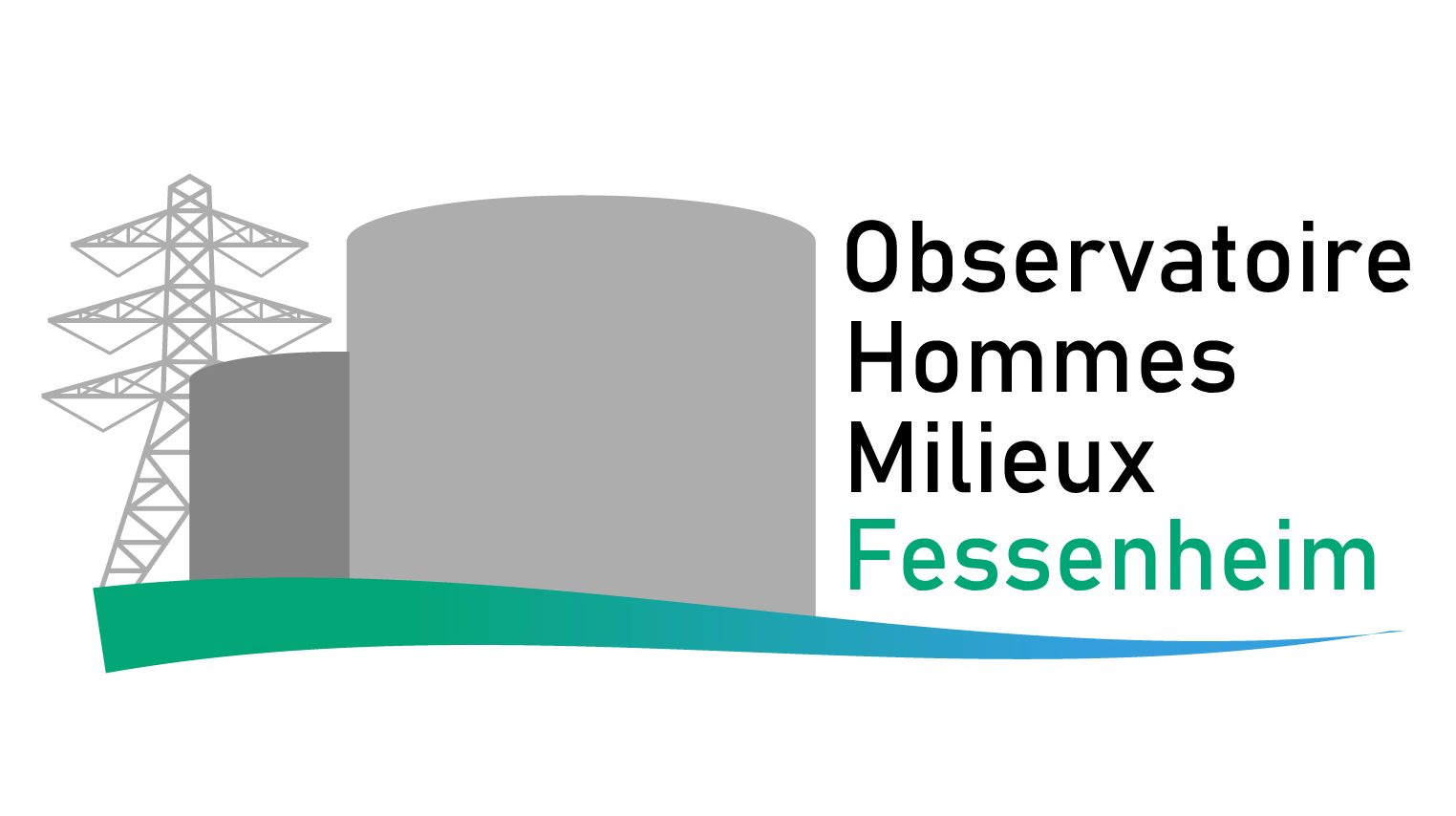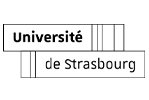Identification et mesure de biais comportementaux dans le contexte de la transition énergétique dans la région du Rhin supérieur : choix des ménages en termes d’énergies renouvelables et effet rebond
Alongside the international commitment and green law, the closure of the Fessenheim nuclear power plant demands a higher share of renewable sources in energy consumption, the booster of efficiency, and saving from consumers. These targets are in conflict due to a phenomenon known as the rebound effect. This rebound effect occurs when a consumer increases the consumption of energy-based services after adopting an improved energy-efficiency technology. Focusing on the largest sector of household energy consumption, we are on efforts of quantifying the magnitude of the rebound effect in the context of households’ decisions on heating. In the center of the Ph.D. thesis, we propose two economic experiments to determine this effect and behavioral anomalies in a controlled environment. In the context-free design, participants of the experiment are a group of self-selected students involved in some environmental trade-offs. We will propose different treatments based on individual factors and energy-efficiency technology, and renewable energy characteristics. In addition, we will run a contextualized experiment with actual households in the Grand-Est region. This survey will collect their daily decisions regarding thermal technology adoption and energy consumption. Analyzing experiments with multiple treatments will cover the wide range of hypotheses from direct and indirect rebound effect, optimal choice in thermal and renewable energy appliances, and behavioral anomalies. The potential results from two behavioral economic experiments will provide the internal validity for the case of the Upper Rhine region and attach some evidence for the public policies mitigating against rebound effects.
Motivation
The closure of the Fessenheim nuclear power plant remarked the new era of green energy transition in the Grand Est region, broadly in France. The expectation of lower energy consumption could promote the highest potential saving from energy-efficient technology. Unfortunately, the rebound effect would probably counter social welfare. The technology-driven benefit would be reduced significantly if the rebound effect is high, plus the negative externalities of energy sources. Therefore, quantifying the unknown rebound effect is urgently needed in the case of the Grand – Est region. If the magnitude of this effect is high enough, it is necessary to study the origin of this phenomenon with interdisciplinary approaches further. We propose assessing the basis of the rebound effect from economic analysis and behavioral interventions to inform the relevant rebound mitigation strategies and policies.
The comprehensive research with well-designed experiments on renewable energy will deliver a new important message about energy choice. In this respect, the project would bring benefits to society and public policymakers. First, the quantified rebound effect will provide a vital basis for policymakers to adjust the monetary or non-monetary behavioral interventions in the Upper Rhine region and France. The larger share energy market for renewable sources is unprecedented. The predicted rebound effect would help take full advantage of the energy-efficiency potential and prevent the rotating power cut or blackout. It also contributes to the literature on energy economics about the quantification of the rebound effect in the heating sector.
Framing
The dual shock from the COVID 19 and the fossil energy price requires government and individuals to boost the transition to a higher proportion of renewable energy and save energy consumption. This requirement was legitimated in 2019 with the Law on Energy and Climate , including the necessity to improve the thermal energy efficiency of buildings. In the next decade, we will observe the mass upgrade from inefficient thermal homes to a higher level of energy efficiency; the Upper Rhine region is not excluded. These requirements in terms of energy and efficiency transition will be more and more relevant in the following years, especially after the closure of the Fessenheim. This transition period created with the special context of Fessenheim, could be an opportunity for behavioral scientists to observe consumers’ preferences and behavioral responses to some increase in the use of renewable energy, the change in home heating technology, and the rebound effects phenomenon . Alongside the falling of potential energy saving, this rebound will change the consumption of other goods and services to alter the economy-wide effects by readjusting the market-clearing price and quantity.
The rebound effect is widely acknowledged in household heating, ranging from space heating is 0.6%–60%. The controversy lies in the identification and the magnitude of the effect. It is undeniable that this intensive use of heating would increase the consumer’s utility in the winter days, even enhancing social welfare. This enrichment only occurs in the case of the low pollution-base externalities and investment cost, the mild rebound effect but the surplus of heating service must be high. Although economists well describe the intuition of rebound effect, keeping this overuse at the modest level is still missing in our current public policy systems. Without distorting the consumer welfare, the supplement of behavioral interventions for rebound effect is then needed.
The growing literature has shown the need to integrate behavioral science into the traditional economic framework to fully capture consumer decision-making in the new thermal efficiency requirements. The knowledge gap in the behavioral analysis of rebound effect could not lead to optimal interventions. Households should be central and can produce significant rebound effects against the efforts made based on behavior deviating from rationality. It then becomes necessary to explain actual and potential consumption behavior, consider possible heterogeneities households’ rebound effect, and propose corrective tools. Understanding the behavioral rebound effects thus becomes essential in the household thermal sector. Our project will try to find the existence and broadness of a rebound effect by delivering the behavioral economic experiments, and trial behavioral consumers’ anomalies for rendering evidence-based policy recommendations.
Goals
Our project will consider two main categories of rebound effects: the direct and indirect rebound effects (re- spending) in the household heating sector. The direct effect is an increase in consumption of home heating services and is caused by the lower marginal cost due to an improved energy-efficiency technology. Then, the indirect effect is a rise in consumption of other energy-based goods or services due to the fact that the relative cost of home heating services is lower.
There are several types of energies used by households for heating. Biomass currently represents 30% of bioenergy in the Grand Est region. Biomass energy is the primary source of energy (more than 55% of final energy) , and wood energy is the most used source in heating when 22% of households in the Grand Est Region use wood energy as a source of primary or auxiliary heating . Modern firewood could help reduce deforestation, CO2 neutral, protect biodiversity, and provide ecosystem services if the woodfuel is well managed . Given the potential of low external pollution and investment cost, the biomass would be promoted to increase social welfare if the rebound effect is low enough. The issue is that the net energy efficiency (including the rebound effect) related to these renewable energies is unknown.
In this context, our project aims to integrate behavioral considerations into the economic analysis to address the following questions:
- If there is some rebound effect, what is its extent concerning efficient heating technologies based on renewable energies?
- To what extent is the re-spending effect (also known as the indirect rebound effect)?
- What are the behavioral regularities that impact the consumer’s optimal choices, and which of them could be implemented to mitigate the undesired consequences of the rebound effect and reinforce the adoption of these new technologies?
- What are the possible renewable energies to promote in the heating sector at the household level having the lowest rebound effect (especially re-spending)?
These four central questions are the core of our objectives and rooted in societal concerns; therefore, they must be anticipated in order to better inform the future choices of households and decision-makers.
Methodology
The use of laboratory and lab-in-the-field experiments in economics helps researchers save time and money studying human decisions in a controlled environment. The Bureau d’Economie Théorique et Appliquée (BETA) is one of the leading institutions of experimental economics in various practical applications, notably environmental and energy economics. Starting with the optimal decision of economic agents, our general microeconomic model of the rebound effect will assume that each individual consumes the energy for heating and high-quality environmental service, including efforts for environmental protection (like planting trees, wearing thick clothes, reducing the heating temperature, etc.).
After solving the theoretical model with rebound effect, we will run a series of laboratory experiments to analyze the impacts of psychological and behavioral factors underlined by the theory of ecological compensation and social influences. Ecological compensation in the context of household energy consumption is defined here; the negative ecological impacts of additional energy uses are compensated by an active practice of environment-friendly gestures or pro-environmental efforts conducted in another period or area; and are their intentional trade-offs to maximize their internal utility. Pro-environmental efforts usually go up with adopting more energy-efficient heating appliances and green practices. However, the subsequent intensive energy use for heating may use pro- environmental behaviors as a moral excuse to stop feeling guilty and cognitive dissonance. This phenomenon is known as moral licensing that allows people to gain more energy rebound. The second factor that strongly affects the consumer choices in energy consumption and adoption is the peer influence on an individual. For example, a consumer upgrades their heating equipment or turns it down because they talked with an adopted neighbor (active peer effects) or observed their neighbors did so (passive peer effects). The passive peer effect could be an individual’s beliefs about a group’s standard and accepted behavior. Walking out of the standard economic assumptions, pro-environmental efforts, moral licensing, and peer influences are increasingly found in the rebound-energy literature as the essential research domain of energy policies in Europe toward consumers.
Our experiment will test the reasonability of the theoretical model in the sense of an abstract framing for the competitive energy market with an imposed set of rules. This project will conduct two experiments decontextualized and contextualized settings. The context-free design is the gold standard in experimental economics to avoid an undesirable bias. The pool of self-selected students will join the experiment with the essential design to estimate their trade-offs between adoption and consumption in some tasks. The participants will receive compensation by cash at the end of the experiment based on their performance. These financial incentives motivate the students but the participants to experiments in general, to reveal their actual optimal decisions. As the rebound effect can depend on the household income, our experiment will assign one treatment for each subject to test one hypothesis in the random status of income proxied by an initial allowance. We want to observe the effect of different income levels on their decisions. As there are three competing types of energy (biomass, heat pump, minimum carbon electricity) and two categories of income (low and high), there are six treatments as follows:
- Adopting higher energy efficiency heating technology.
- Adopting higher energy efficiency heating technology with minimum-carbon electricity.
- Adopting the mixing system between the conventional equipment with the biomass.
- Adopting the mixing system with the home solar or heat pump.
- Informing about the choices of other’s participants.
The purpose is to test the following hypotheses:
- After upgrading energy-efficiency technology, the rebound effect is positive.
- The indirect rebound effect (re-spending effect) is positive.
- There is a substitution between the direct and indirect rebound effect.
- An increase in investment cost will reduce pro-environmental efforts and rebound effects.
- Moral licensing occurs after adopting new green technology.
- The impact of peer influence is positive.
The contextualized experiment is a choice experiment with the real consumers (i.e., participants sampled from the Grand Est region). Faced with some hypothetical attributes packages or alternatives (the list of attributes will be established after discussion with experts in the field), consumers make an optimal choice or ranking order of the alternatives to maximize their utility. The sequence of decisions relates to adopting new efficient heating equipment, using various types of renewable energies, and the intention about intensive use with re-spending.




